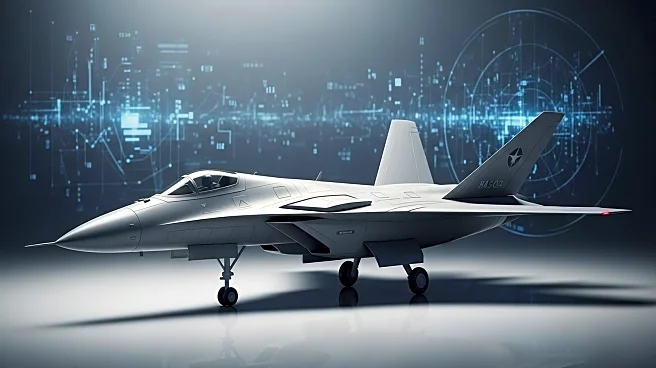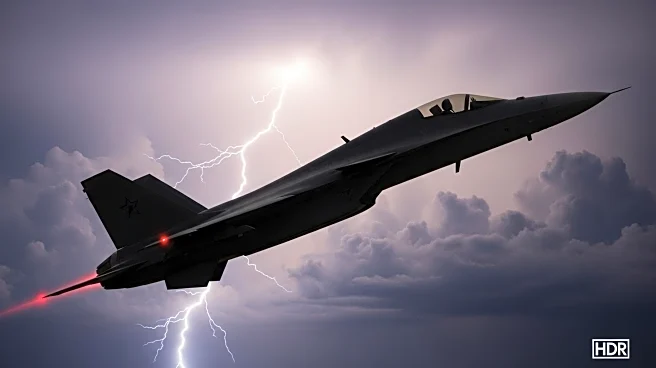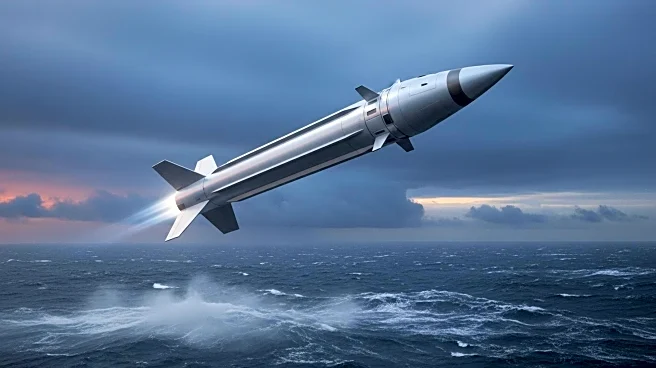What's Happening?
Pratt & Whitney is making significant progress on the F135 Engine Core Upgrade (ECU) program, which aims to enhance the performance and capabilities of the F-35 fighter jet. According to Jill Albertelli, president of Military Engines for Pratt & Whitney, the program is ahead of schedule and is expected to deliver improvements in electrical power and cooling, addressing current engine shortcomings. The ECU will provide approximately 25% more electrical power and cooling, extending the lifespan of existing engines and meeting the requirements of the Block 4 upgrade. The service entry for the upgraded engines is anticipated in 2029, applicable to both new aircraft and retrofits. The company is also working on the XA103 engine for the U.S. Air Force's Next-Generation Adaptive Propulsion program, supporting air superiority goals.
Why It's Important?
The advancements in the F135 ECU program are crucial for maintaining the F-35's competitive edge in modern aerial combat. By enhancing the engine's power and cooling capabilities, the upgrade ensures that the aircraft can support more advanced weapon systems and sensors, which are essential for future military operations. This development is significant for the U.S. defense industry, as it strengthens the operational capabilities of the F-35, a key component of the U.S. military's air fleet. The successful implementation of these upgrades could lead to increased demand for the F-35, benefiting manufacturers and suppliers involved in its production.
What's Next?
Pratt & Whitney will continue to focus on meeting program milestones and securing stable funding to ensure the successful completion of the ECU program. The company is also expected to advance its work on the XA103 engine, which is part of the U.S. Air Force's efforts to develop next-generation propulsion systems. As these programs progress, stakeholders, including the U.S. military and defense contractors, will likely monitor developments closely to assess the impact on future procurement and operational strategies.










